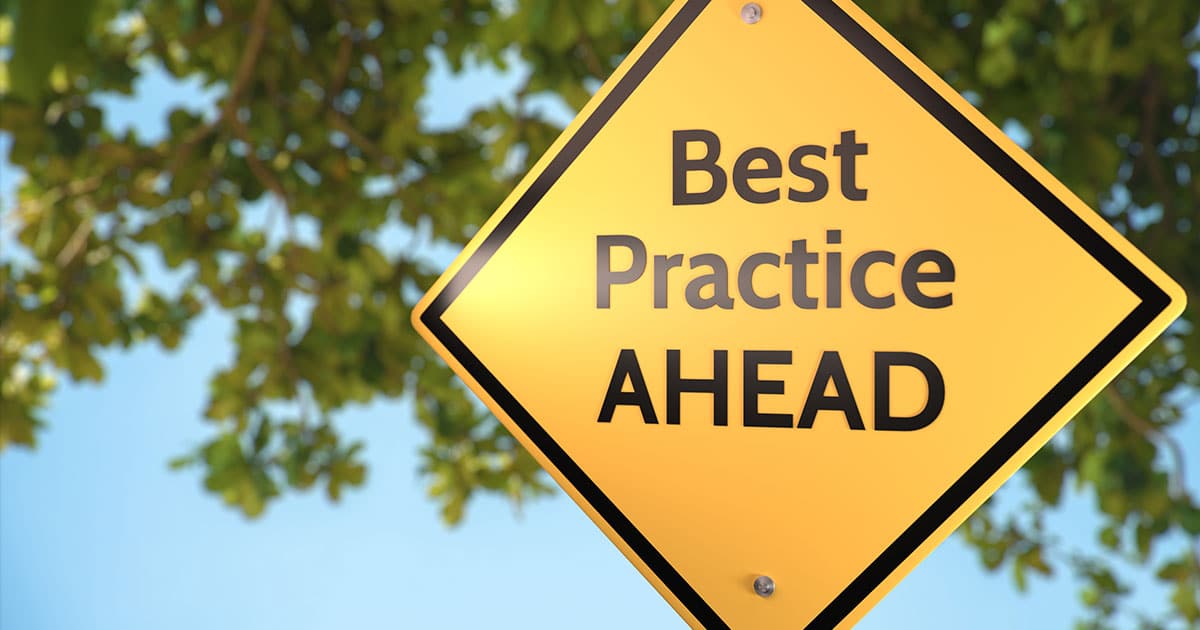
How to Effectively Ramp Fast
Intro – Given the current COVID-19 pandemic, we are all experiencing unprecedented disruptions in our lives. Everything that we once took for granted has been turned upside down. Simple things like getting a haircut, going to get groceries and being able to see our loved ones, are not so simple anymore. Similar types of disruptions and hardships are occurring all over the manufacturing industry. You might be left wondering: Will you still be able to have a predictable supply line of parts—knowing that your resources to build your products will be there and be healthy? When you call your customers, will there be someone on the other end of the line? Like in any disaster, those individuals who are prepared when we get to the recovery phase will be best able to emerge with a positive outcome. Below are some approaches and tools that you can use to be best prepared.
Content – While we are living in difficult times, eventually we will return to full capability, and the number one question from our customers will be: “How fast can I get my deliveries?” Being able to ramp in a safe and quick manner has several dimensions to it, and not understanding those and their interactions can lead to instability. Let’s explore four components of a framework that can help you understand and attack how to ramp fast.

First, it should be commonly understood that we will only be able to ramp output if we can get the necessary input from our supply base. Questions to ask include: Do you have any single point failures in your supply base? Are you greater than 50% of any supplier’s source of revenue? Does the supplier know what their own capabilities are? If the answer is yes to any of these questions, it will be important for you to take a critical look at those suppliers and begin identifying alternate sources before it becomes too late. Segmentation of your supply base into these three categories—Strategic, Commodity and Distributor—and developing a strategy for each will be essential. The chart below identifies some of those strategies. Each quadrant has different characteristics and strategies associated with them. If you have supply in the bottom left quadrant, you should look at a Vendor Managed Inventory strategy where you utilize someone else’s capability to procure those low-dollar parts. If you have supply in the upper left quadrant, you should think about how to leverage those commodities (sheet metal, metal fab, harnesses, etc.) for economies of skill. Supply that is in the upper right quadrant—while only being a handful of suppliers—will likely comprise over 75% of your material spend. Here is where you should be engaging in strategic supplier management and having shared investment with long term agreements that forge that relationship.

Second, do you have the necessary planning and manufacturing capacity tools to enable the ramp? If you do not have a Sales and Operations Planning Process (S&OP), you should create and implement such a process. Essentially S&OP balances demand and supply. Now more than ever, it will be important to connect your Business Development/Sales activity to the functions necessary to execute those requirements. Below is a diagram that describes the S&OP:

Expect necessary trade offs between meeting customer needs and the available capacity we must supply to those needs. By doing this in an integrated fashion, we enable the business to be unified in approach and ultimately minimize disruptions along the complete Value Stream. One significant component to enabling the S&OP will be to understand the capacity and capability of critical product lines.
A question that CBS likes to ask executives is: “Do you know what your true capabilities are and what you can achieve?” The first answer is always yes, of course, but upon closer examination, this assertion is typically not the case. Until you truly do an analysis of your operations, you will not be able to understand what “the art of the possible” is. Doing a complete study will allow you to be able to appropriately balance supply versus demand and characterize the optimum amount of resources (people, equipment, work in process) as you ramp your factory. Experience shows that just dumping more resources into an area to achieve output is counterproductive and will ultimately drive up costs and lead time while limiting cash flow and not meeting your customers’ number one priority—delivery. It is important to do these studies prior to ramping, so you can accelerate with eyes wide open and in a systematic way that creates velocity in your business. Below is a three-step approach that can be utilized to accomplish this:

It is best to accomplish Phases 1 and 2 before you need to ramp. The true case for action will come from these early steps, and the data should be utilized to create the system you want rather than the one you have.
Third, at the end of the day, even if we have our supply of material and customer demand, we will only be able to deliver product if we have trained, capable people to execute that demand. Given the current environment, having single-point failures for critical resources will lead to supply disruptions in your factory. Establishing a robust cross-training matrix tied to the standard work developed out of the second part of the framework will be essential. This should be a general practice but becomes more relevant under today’s circumstances.
Fourth, once you have determined your capability and have designed and implemented a system, you will be able to start Phase 3. One crucial element to this phase is that you must MEASURE, MEASURE, MEASURE. You will likely need to ramp in increments, and the proper measurements will allow you to do that in a fact-based manner. Putting a proper Visual Management & Control System (VMCS) will be a must! Below is an example of a typical VMCS board that can be implemented:

Good metrics/visuals need to meet three criteria: Simple to update, easy to understand, and efficient to drive behaviors. It is important to train frontline leaders on how to read and react to what the production environment is telling them. Those that are fast and nimble will ultimately win as you ramp.
So, how do you get started? With the expertise only CBS can offer. Our team collectively has over 400 years of direct operational experience and a proven client-improvement record. We have a well-established history of helping clients ramp output fast. We pride ourselves on not just being there to tell you how to work, but we work with you side-by-side to realize your desired results.
Latest Insights
Sign up to receive our latest insights!
"*" indicates required fields




